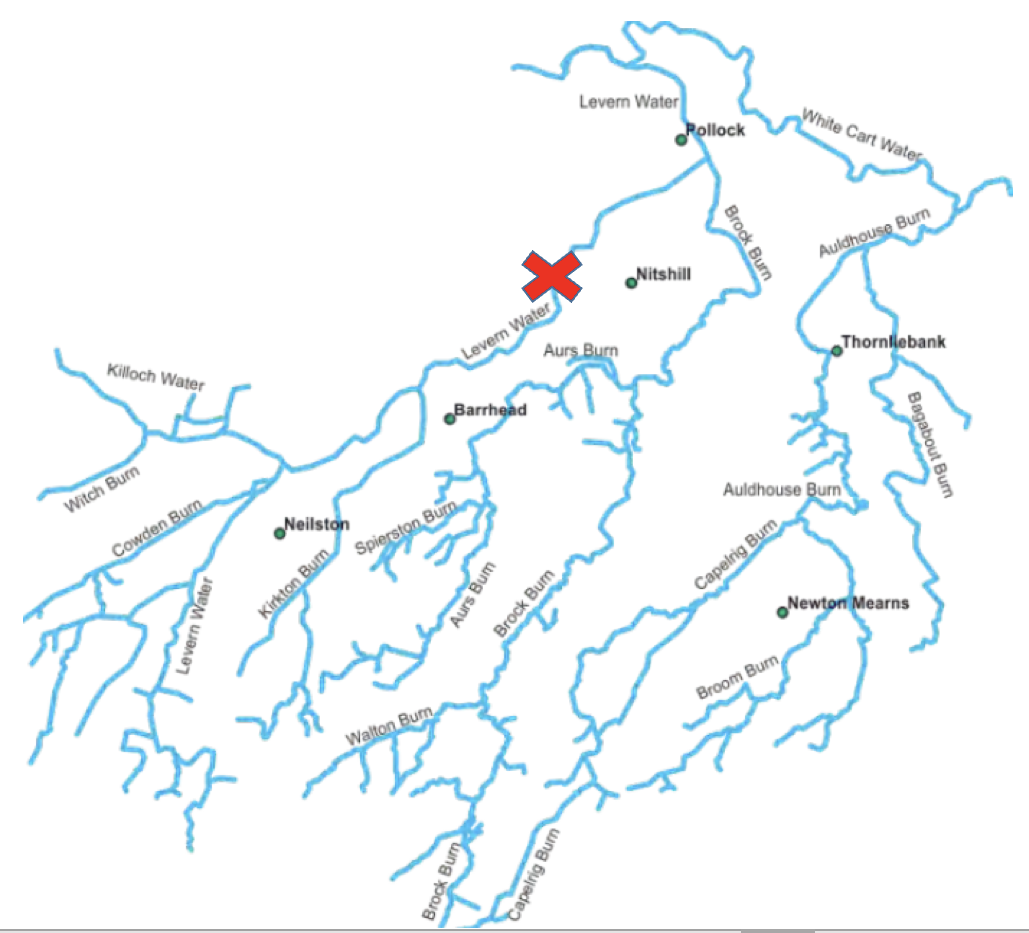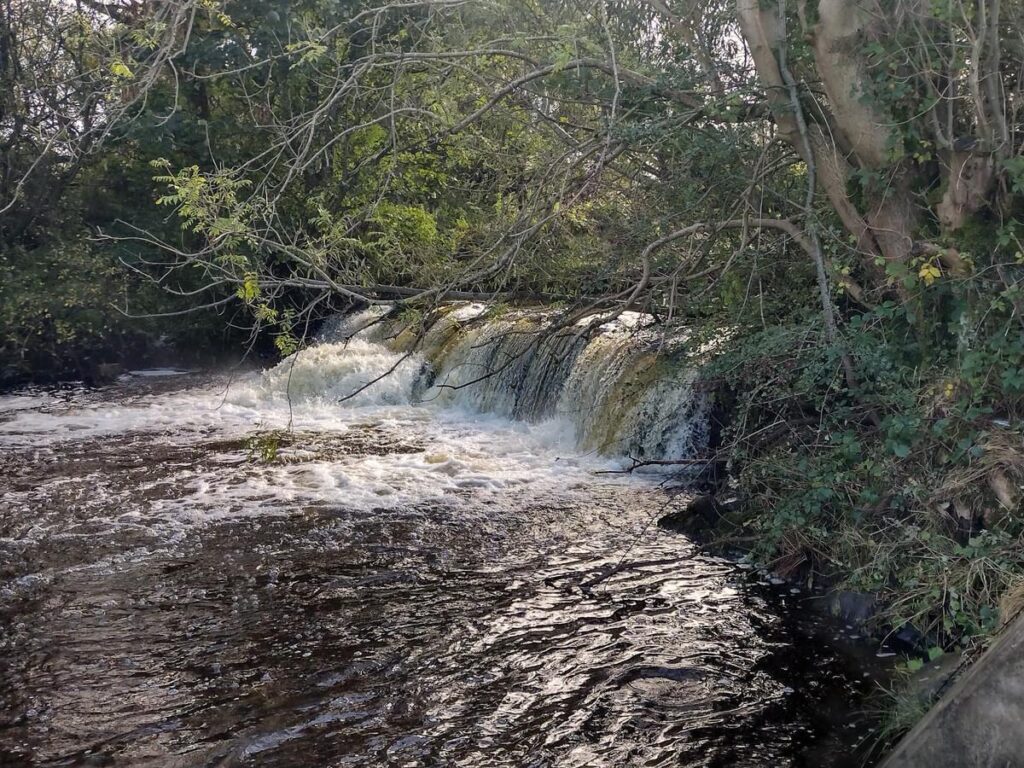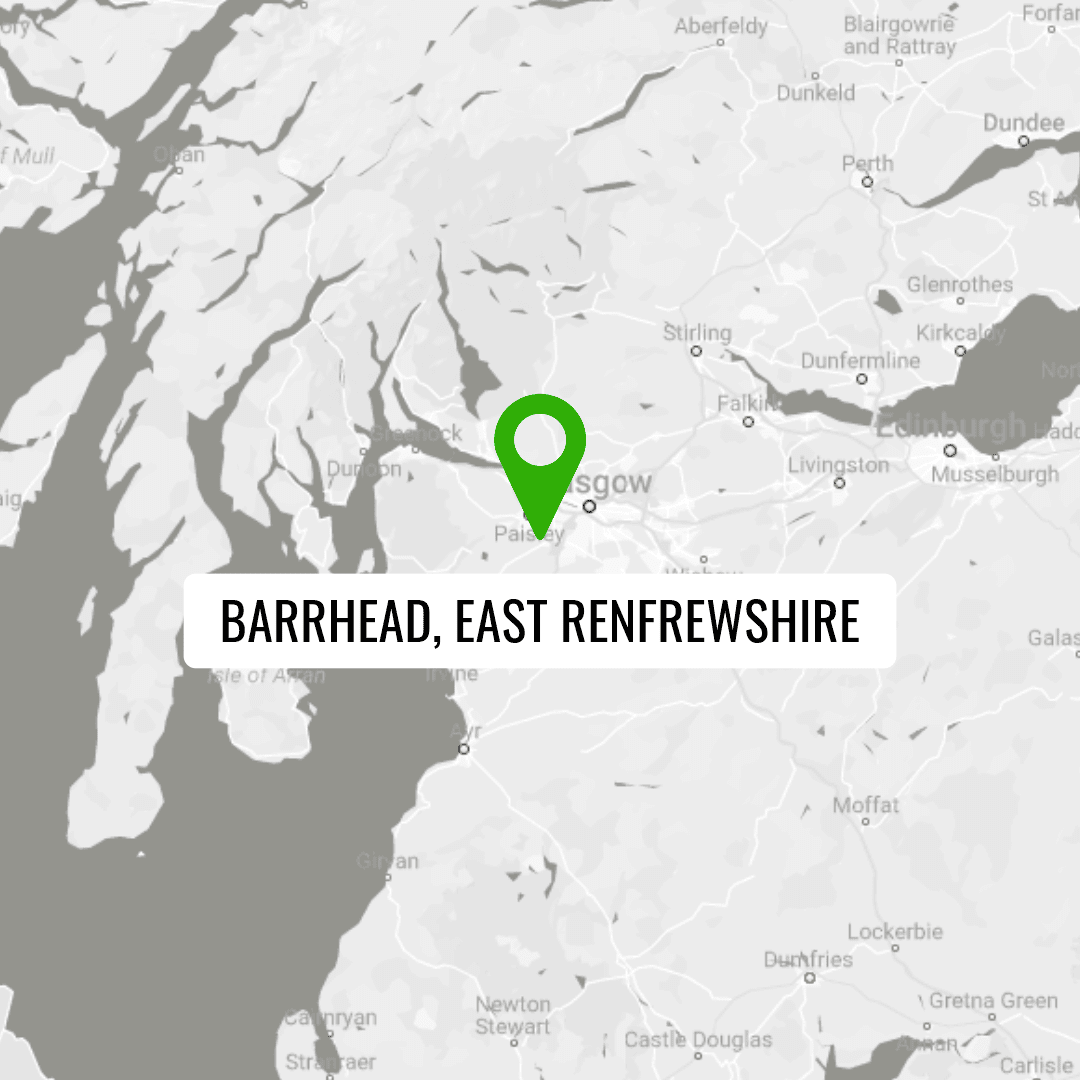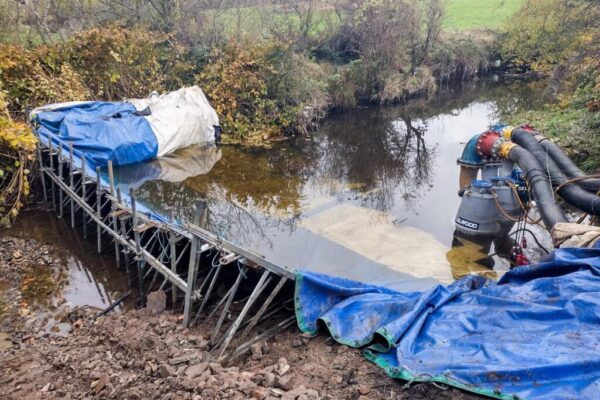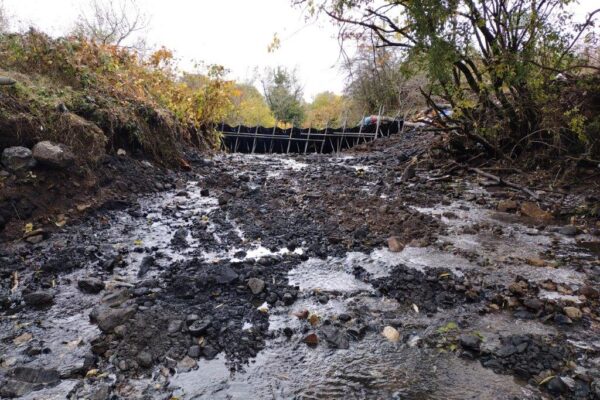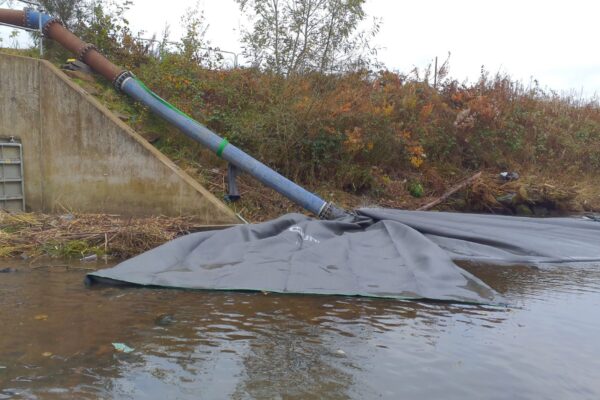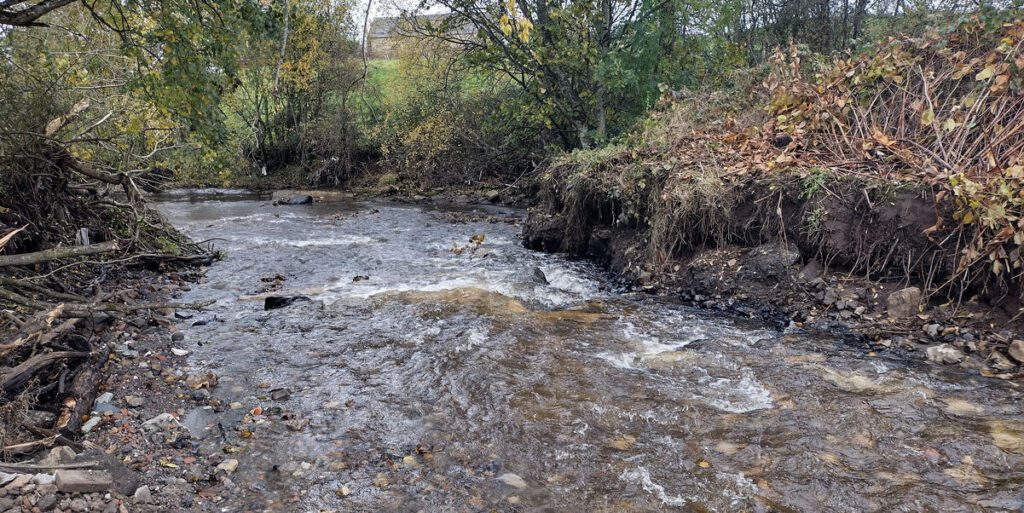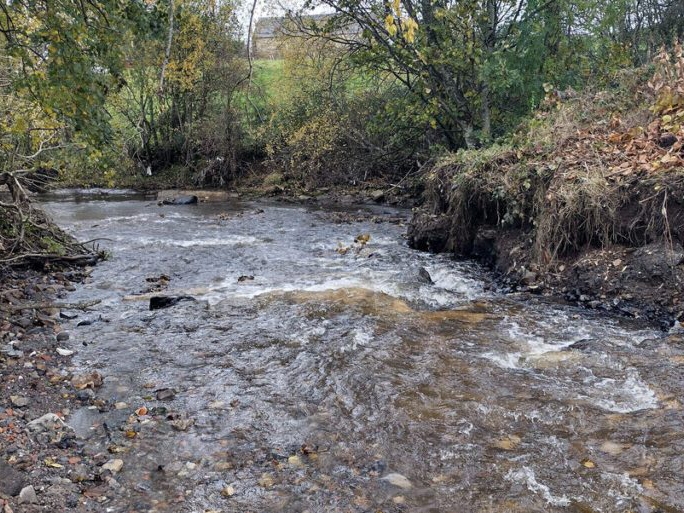Weir removal to restore the Levern Water to pre-industrial conditions
The Levern Water
The Levern Water is a small river in East Renfrewshire, Scotland, UK. It sources in the Long Loch and runs through the towns of Neilston and Barrhead for 14 km before it joins the White Cart River near to Crookston Castle (Figure 1). The river facilitated the socio-economic growth of East Renfrewshire as it was the primal water source to power cotton and paper mills during the Industrial Revolution. As a result, the Levern Water was heavily modified.


